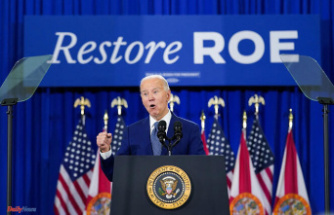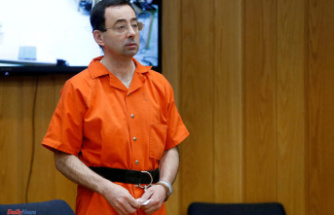After seeing three prime ministers, four emergency states, five waves of Coronavirus, some Olympic Games without a public and caressing the economic recession, Japan invited 105 million voters to choose a government to get turbulent water to Boat from the Third World Economy and take it to a good port.
They were general elections with an end that everyone knew. In a country with a weak opposition, the winner is always, the historic Liberal Democratic Party (PLD). With the exception of a period of three years and 10 months in two electoral cycles, he has ruled since the end of World War II. The doubt was in whether the conservative PLD was to overcome the simple majority of 233 seats alone or for that he would need his lower coalition partner, Komeito, a Buddhist center-right party.
Against some forecasts, the PLD achieved the lonely parliamentary majority with 258 seats, although below the 276 he had before the elections. The Komeito has obtained 32 and the sum of both also does not reach the 305 that they took out in 2017, although the ruler block has an absolute, sufficient majority to continue to appoint legislators as presidents of the 17 permanent committees and occupy more than half of the members Of all the committees, which would allow the ruling parties to approve small bills without problems.
The 46,000 electoral centers of the country opened at 7:00 p.m. and closed at 8:00 pm (local time). There were 465 seats in dispute in the lower chamber of the 'diet', the Japanese Parliament. Of those seats, 289 decided in uninominal districts, where candidates fight face to face vows. Another 176 are covered by proportional representation, where the parties obtain seats according to the amount of votes obtained in 11 regional blocks. The main party of the opposition, the Democratic Constitutional Party of Japan (CDP), has achieved 93 seats.
After an election campaign that has lasted two weeks, the shortest since post-war, the PLD has lost votes because it faced the most united opposition of the last decade, with up to five parties, forming a front in many small electoral districts. The left and center-left formations (the COP, the Japanese Communist Party, the Democratic Party for the People, the Social Democratic Party and Reiwa Shinsengumi) presented unified opposition candidates in more than 210 uninominal districts to avoid dividing the vote of the opposition .
These elections assumed the first great test for Prime Minister Fumio Kishida (64 years old), who took office on October 8 after the resignation of his predecessor, the Veteran Yoshihide Suga, very criticized by his pandemic management. After knowing the first data of the elections, Kishida said in a television interview that the result gave him "a valuable public mandate" to govern.
In the absence of knowing the final participation data - there is a lack of two hours for the closure of the electoral schools, 31.64% had voted -, these elections have marked the degree of apathy of Japanese young people in the polls. The average age of candidates is 54 years old and more than a third is 60 or older. A disconnection that already affected previous elections with only one third of young voters participating.
"Apathy among young voters is deeply rooted and reflects long-term systemic problems in Japanese politics, often dominated by families that have been chosen throughout generations," says an editorial of Japanese newspaper Asahi. "The rights of women are not debated, and other issues such as gender equality, support for young families, the serious shortage of labor and the dysfunctional immigration system, as soon as they are on the agenda."
At least, the Coronavirus has given truce in these elections a PLD that was downward in the September surveys when Suga continued to the front. The number of daily contagion, less than 300, is now the lowest since the beginning of the summer of 2020, thanks to the acceleration in the vaccination campaign, with more than 71% of the population with the two guidelines of the vaccine. A very considerable figure having more than 126 million people live in Japan. These have been some elections without any of the 47 prefectures were subject to the restrictions of emergency states, something that the country did not live since last April.
Kishida, raised in another of the consolidated political dynasties of Japan, with father and grandfather legislators in the 'diet', will resume the reins of Asian power after having surpassed the worst wave of Coronavirus. This week he will pull a diplomatic agenda, one in which he prioritizes a harder approach to China and strengthen the Alliance of Japan with the United States, on a Glasgow visit to attend the COP26 climate summit.
Date Of Update: 31 October 2021, 15:45











